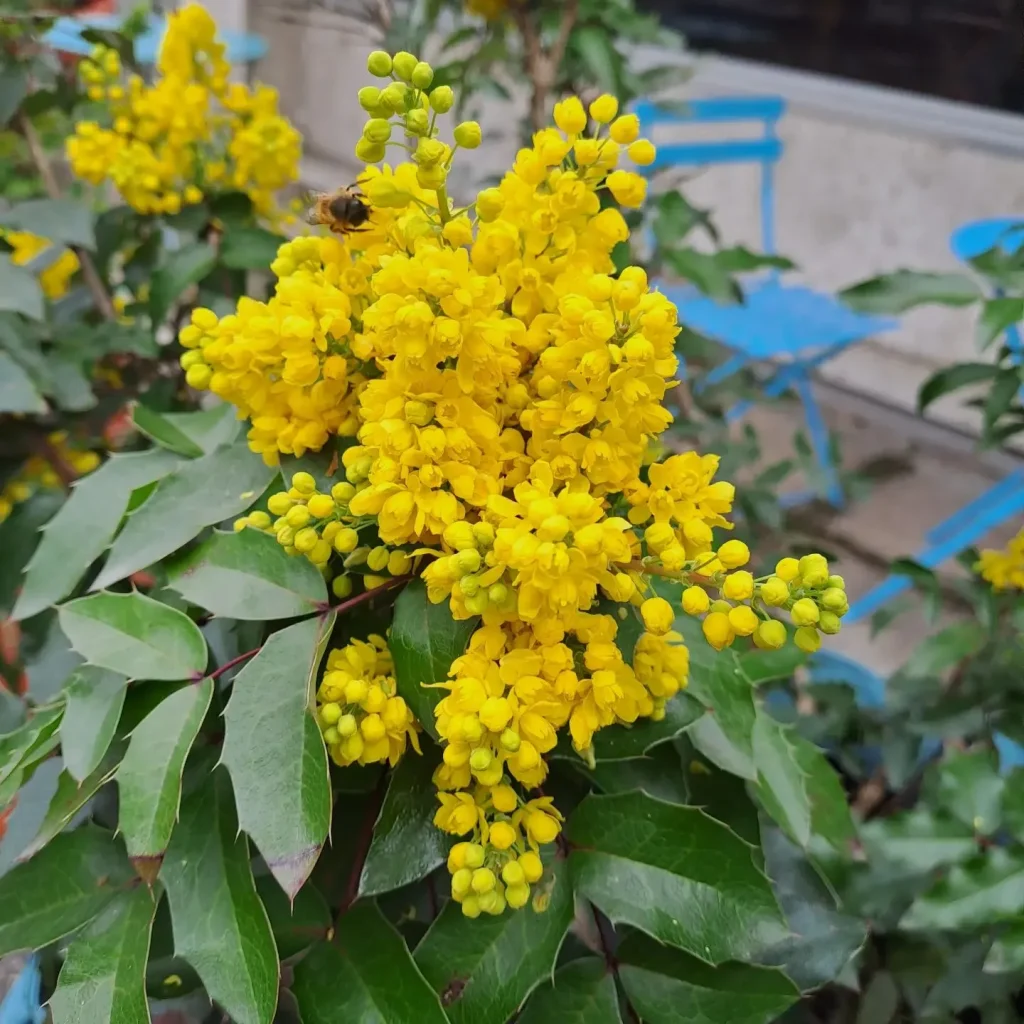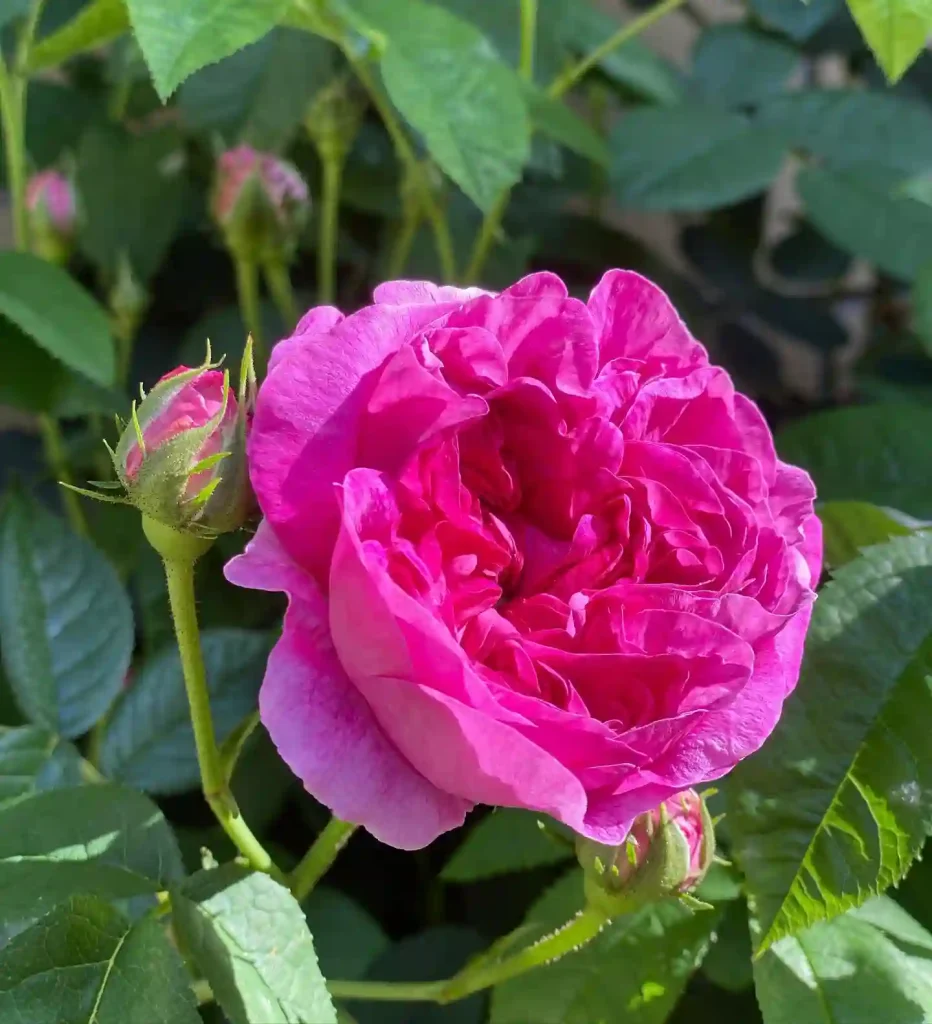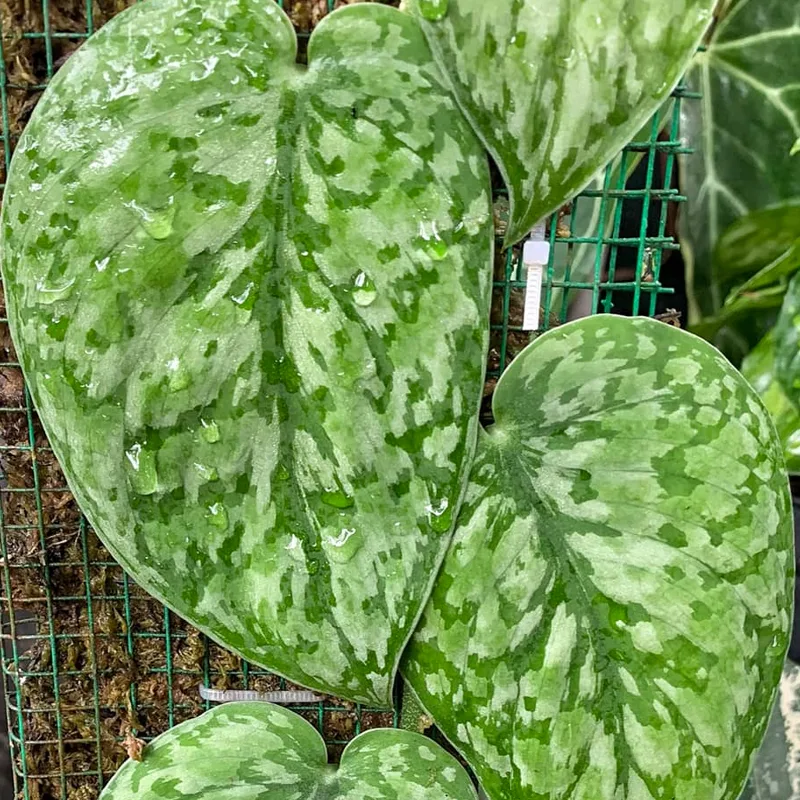Exploring the Fascinating Roridula Genus
As a plant enthusiast, I find myself captivated by the unique features and intriguing adaptations of various plant families. Recently, I’ve delved deep into the Roridula genus, part of the Roridulaceae family. Known for its fascinating relationship with carnivory, this genus has piqued my interest, and I’d love to share my insights and experiences with you.
Understanding Roridula
The Roridula genus consists of two main species: Roridula gorgonias and Roridula dentata. Both species are endemic to southern Africa, predominantly found in regions like the Cape of Good Hope. What sets Roridula apart from other carnivorous plants is its unique mechanism for trapping and digesting insects. Unlike many carnivorous plants that produce their own digestive enzymes, Roridula relies on a symbiotic relationship with insects to gain nutrients.
In my exploration of Roridula, I was amazed by its adaptations. The leaves of these plants are broad and flat, resembling a plate. This structure is designed to catch and hold insects that inadvertently land on them. The leaves produce a sticky secretion that traps the prey, but what’s truly remarkable is how the plant waits for the insects to decompose naturally, providing essential nutrients over time.
Fascinating Features of Roridula
Carnivorous Adaptations
One of the most captivating aspects of Roridula is its adaptation to a nutrient-poor environment. I’ve often found that observing these plants in their natural habitat reveals the delicate balance they maintain with their ecosystem. Roridula is not only carnivorous but also shows a fascinating level of interdependence with the insects that inhabit its environment.
What intrigues me most is how Roridula lacks the ability to digest its prey on its own. Instead, it provides a habitat for certain insects that help break down the trapped organisms. This symbiotic relationship highlights nature’s complexity and the evolutionary strategies that enable survival in challenging conditions.
Unique Morphology
Roridula species are visually striking, with their broad, flat leaves that can grow up to several centimeters in length. The leaves have a waxy surface covered in small, glandular hairs that secrete the sticky substance to trap insects. When I first encountered Roridula gorgonias in a botanical garden, I was immediately struck by its lush green foliage and the way it seemed to thrive in what many would consider a harsh environment.
The flowers of Roridula are also noteworthy. They are typically white or pale pink, emerging on tall stalks above the foliage. The flowers attract pollinators, showcasing the plant’s dual role in its ecosystem—not only as a predator but also as a vital part of the plant-pollinator interaction.
Ecological Importance of Roridula
Roridula plays a crucial role in its native ecosystem. By trapping insects, it helps regulate populations and contributes to nutrient cycling in the soil. Observing these plants in their natural habitat, I’ve come to appreciate their contribution to the delicate balance of their environment.
In my own garden, I’ve started incorporating insect-eating plants like Roridula to promote natural pest control. The presence of such plants has not only enhanced biodiversity but has also reduced the need for chemical pesticides. I believe that fostering a diverse ecosystem is key to sustainable gardening practices.
Conservation Challenges
Despite their unique adaptations and ecological importance, Roridula species face numerous threats. Habitat destruction, climate change, and over-collection pose significant risks to their survival. In my research, I discovered that conservation efforts are essential to protect these remarkable plants and their habitats.
Getting involved in local conservation initiatives has been eye-opening for me. I’ve participated in habitat restoration projects, and I’ve witnessed firsthand the impact that dedicated conservation efforts can have. As plant enthusiasts, we have a responsibility to support sustainable practices and advocate for the preservation of native species.
Conclusion
In conclusion, the Roridula genus is a fascinating example of nature’s ingenuity and adaptability. With its unique features, captivating adaptations, and ecological significance, Roridula continues to inspire my passion for plants. I hope that by sharing my experiences, I can encourage others to explore the wonders of this remarkable genus and appreciate the delicate balance of life it represents.
As I continue my journey through the world of plants, I am consistently amazed by the intricate relationships and adaptations that define our ecosystems. Roridula serves as a reminder of the incredible diversity of life on Earth and the importance of protecting it.
If i die, water my plants!



